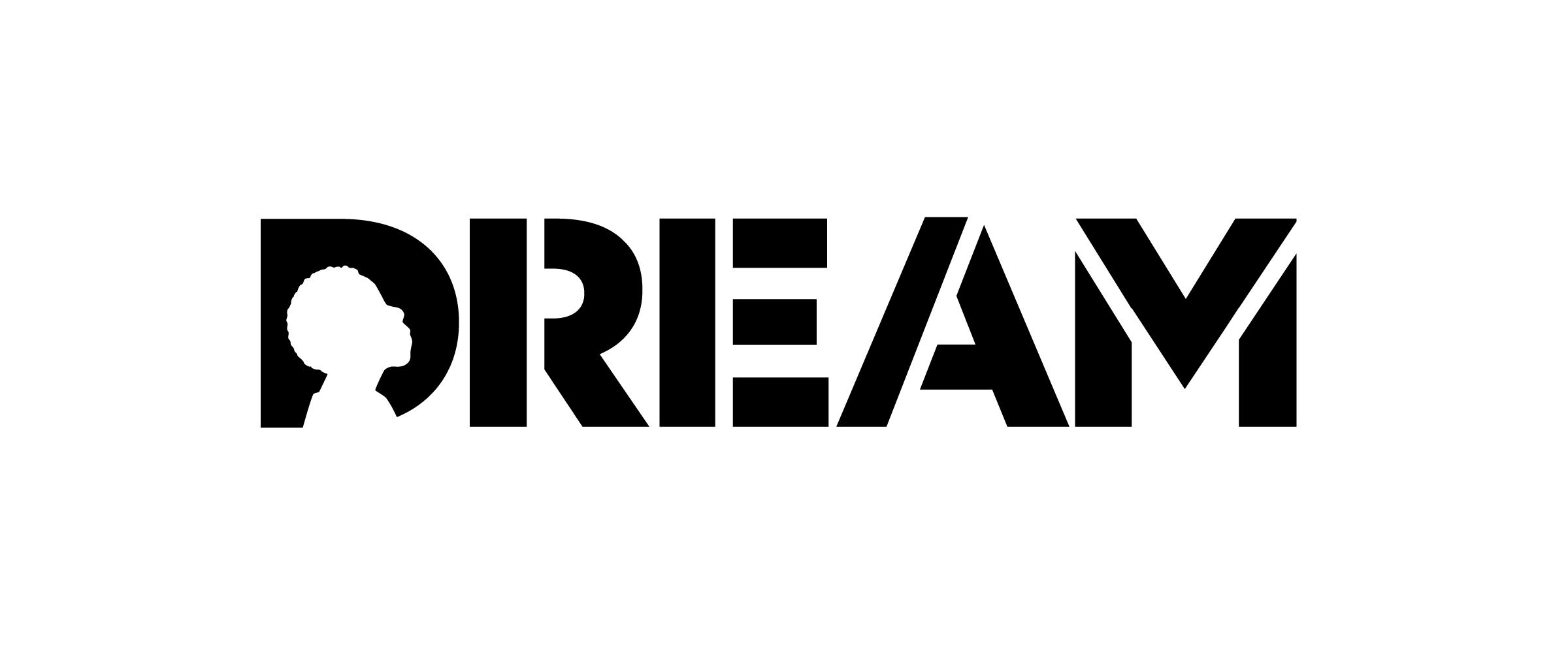
Sports injuries are painful, and they’re one of the quickest ways to sideline a good player. No matter the sport or how you managed to hurt yourself, the treatment and time it takes to heal from an injury is often similar.
Muscle injuries happen when you stretch a muscle beyond its level of elasticity. It can occur when on the field or even in your own backyard. When it comes to a minor injury, you don’t need a professional trainer or doctor to treat it. You just need to know some basic treatment and rehabilitation strategies.
Immediately after your injury you can expect a few things to happen. Other than the immediate pain, you might experience swelling and bruising. The initial sharp pain may give way to a throbbing ache. The injured area may also be sensitive to movement or tender to the touch.
R.I.C.E is an acronym that many sports trainers and athletes use to remember how to treat a minor muscle injury. It stands for rest, ice, compress, and elevate.
Resting is one of the most effective ways to start your healing process. Your injured muscle will be weak and vulnerable to further injury, especially in the first few hours. Take a break from moving to help it heal.
Icing is the next important step. The benefits to applying ice are the greatest within the first day or two after sustaining an injury. Apply a bag of crushed ice, a bag of frozen peas or ice pack to your injury. It will help relieve pain and prevent swelling by decreasing blood flow to the area. Apply the ice for 15 to 20 minutes at a time, and allow your skin to return to normal temperature in between icing.
Compression by use of an elastic bandage wrapped firmly around your injury can help minimize swelling by preventing the buildup of fluid. It can also help ease pain by keeping the injured area somewhat immobilized. The bandage may not be enough to immobilize the injured area entirely, but it will provide some support and remind you to keep it still.
If the bandage causes tingling or numbness, remove it and rewrap a bit more loosely. It shouldn’t be so tight that it causes discomfort or interferes with your blood flow. Even gentle compression can help keep fluid from collecting around the injury.
Elevating an injury above the level of your heart will help minimize swelling by allowing fluid to drain away from the area. If you can’t raise it above your heart, try to keep the injured area at the same level as your heart or close to it. If you’ve suffered an injury to your buttocks or hips, try laying down with a pillow or two wedged under the affected area and lower back to help lift it.
If you suspect your injury is severe, make an appointment with your doctor right away. The following symptoms may be a sign of a severe injury that requires professional care:
- Severe swelling and pain
- Visible deformities, such as large lumps or limbs bent at strange angles
- Popping or crunching sounds when you move the injured area
- Inability to support any weight with the injured area
- Instability in a joint
- Trouble breathing
- Dizziness
- Fever
You should also contact your doctor if you have an injury that seems minor, but does not improve with home treatment. After the first month, you should have no more swelling or visible bruising around the injured area. If you notice swelling or discoloration after four weeks, make an appointment with your doctor. Severe pain after the first few weeks is also a good reason to visit them.
DREAM, one of the Midwest’s well-known youth mentoring organizations, provides life-changing and life-enriching experiences to at-risk youth through mentoring and after-school programs in Omaha, Nebraska, and Springfield, Missouri. Their proven approach puts children in a comfortable setting where they’re encouraged to discuss openly, learn, and grow as individuals. Are you interested in getting involved with DREAM? Contact us today.


